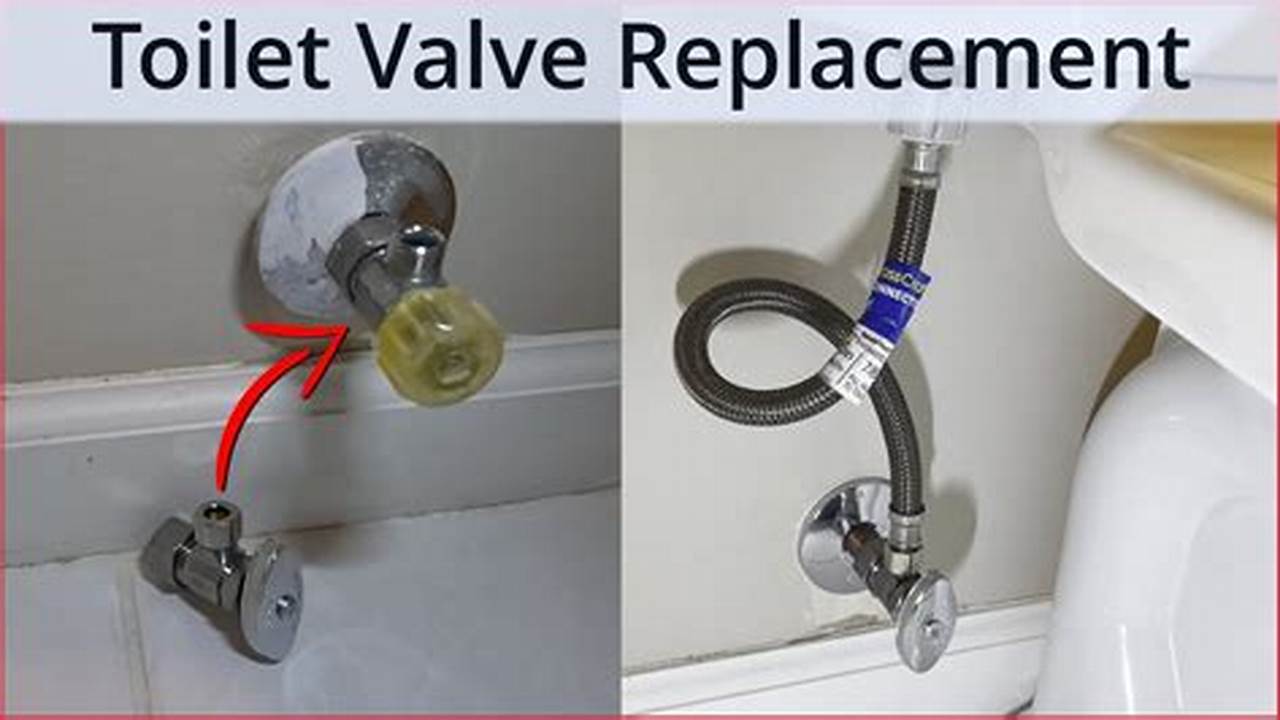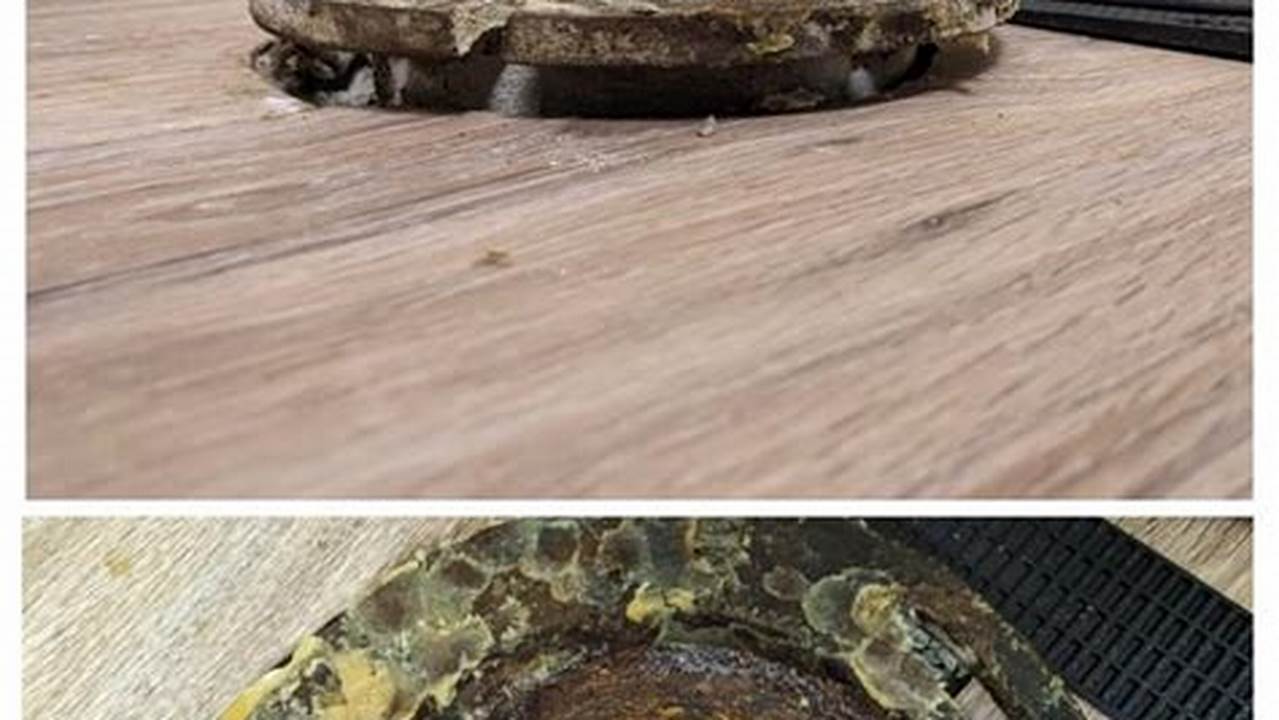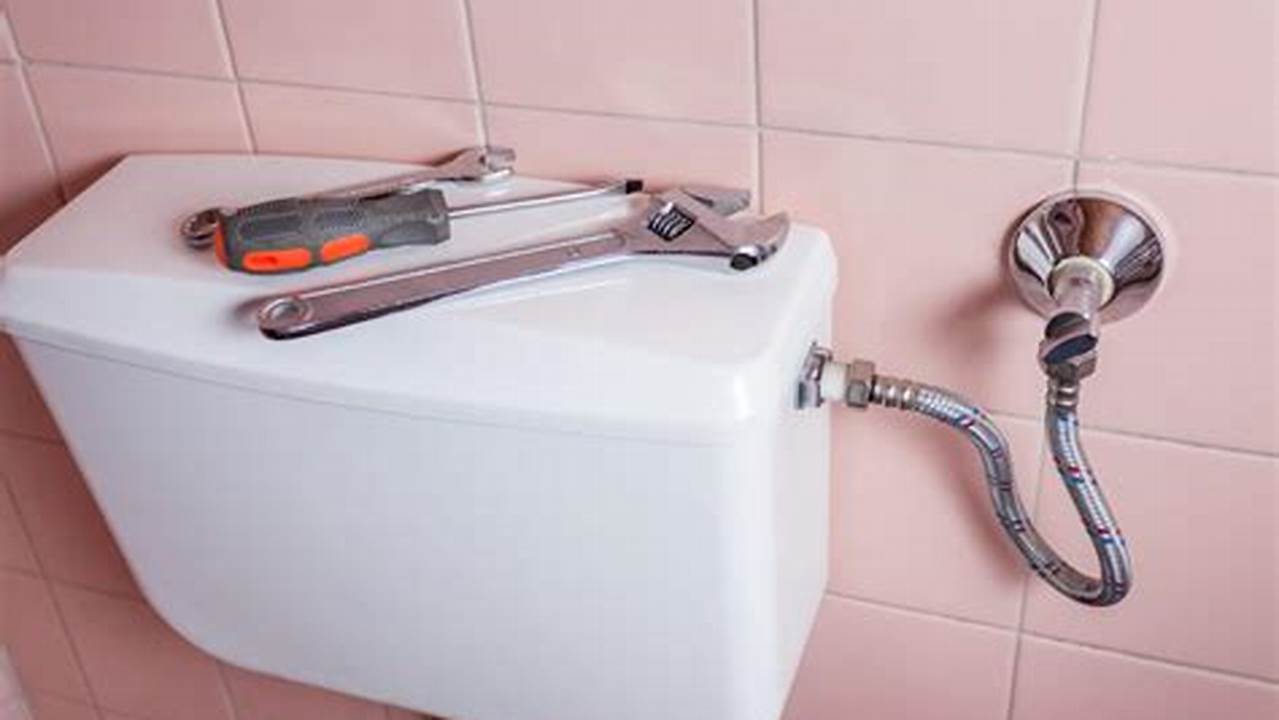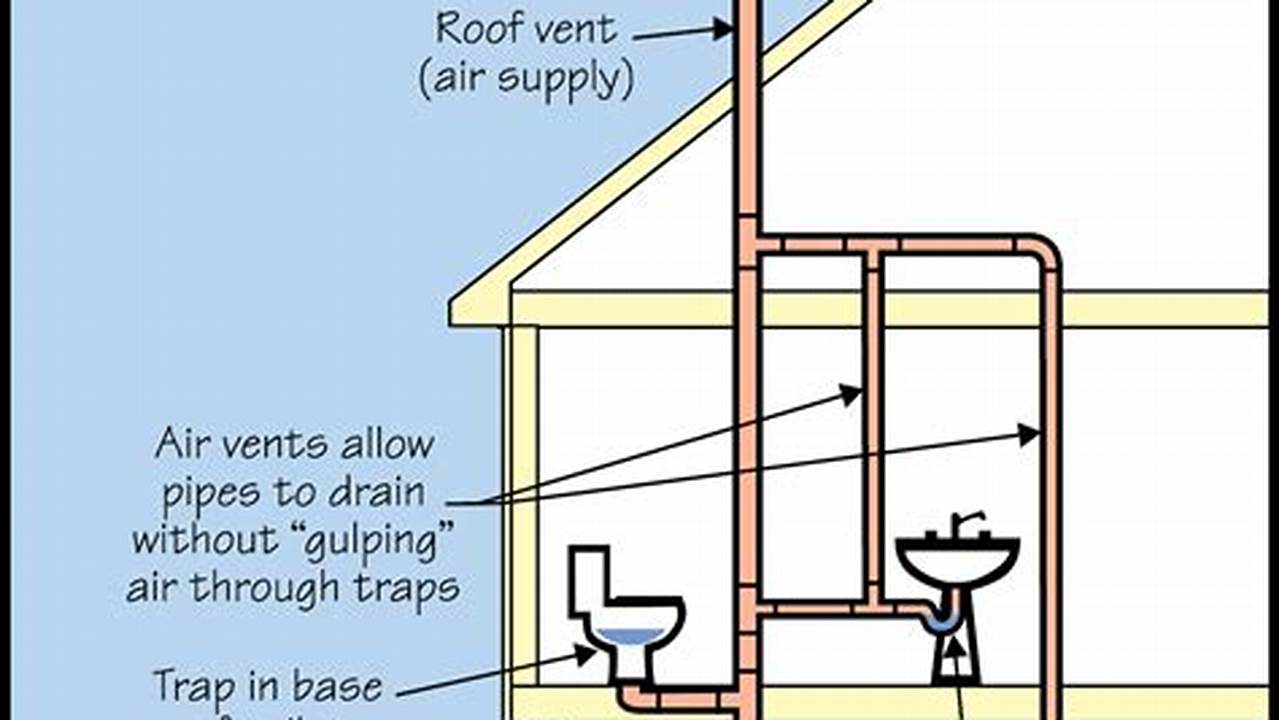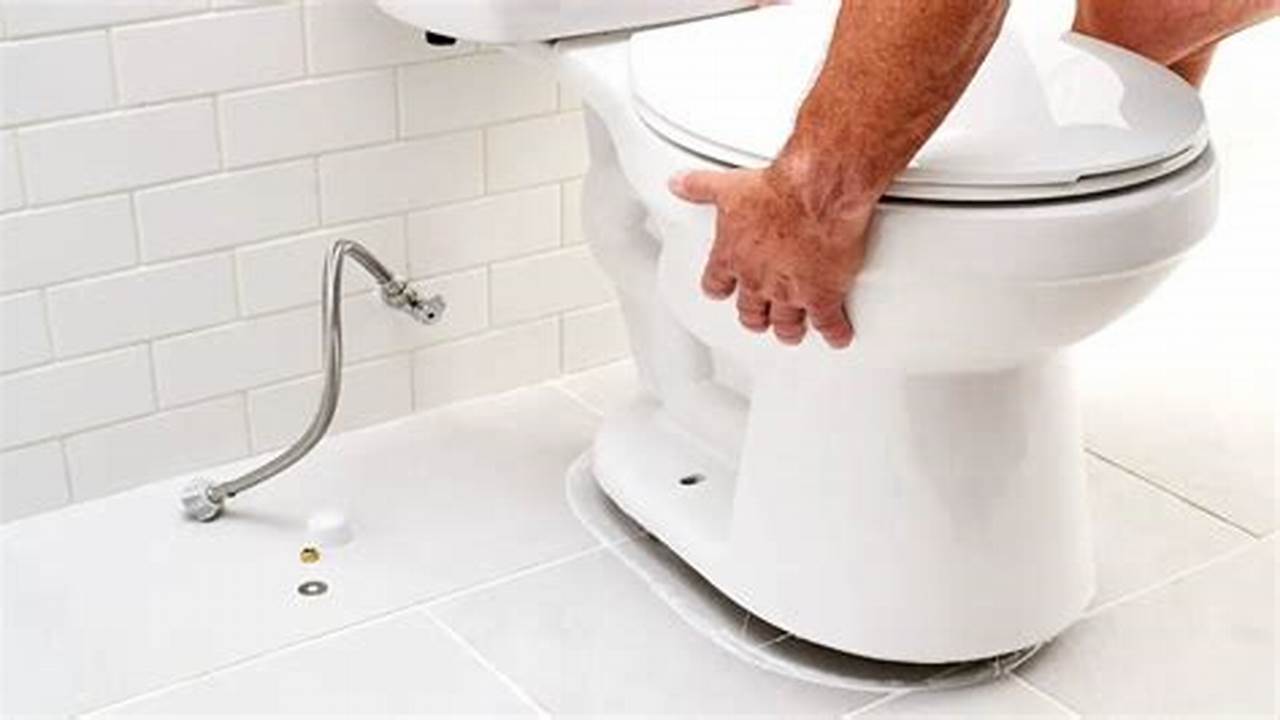
Removing a toilet is a relatively simple plumbing task that can be completed in a few hours with the right tools and materials. It is important to remove a toilet properly to avoid damaging the floor or the toilet itself.
There are many reasons why you might need to remove a toilet. You may be remodeling your bathroom, replacing the toilet with a new one, or repairing a leak. Whatever the reason, it is important to follow the proper steps to remove the toilet safely and efficiently.
